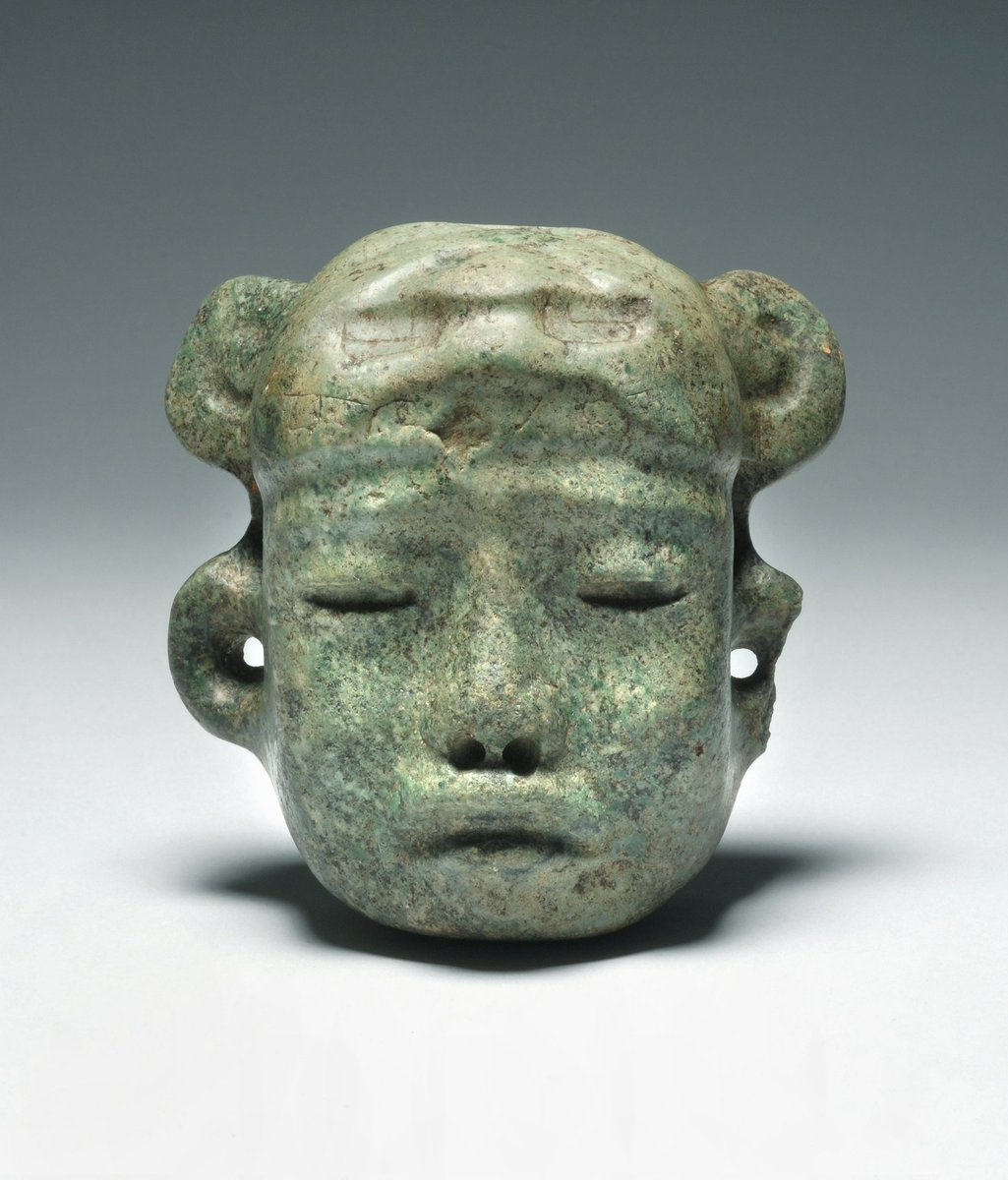

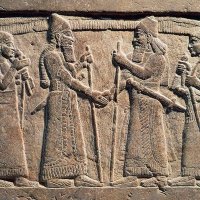
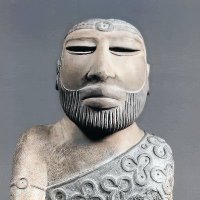
Geologists in northern Guatemala have discovered a massive Maya site that stretches approximately 650 square miles (1,700 square kilometers) and dates to the Middle and Late Preclassic period (roughly 1000 B.C. to 250 B.C.).
India should own such technologies.
#Archaeology
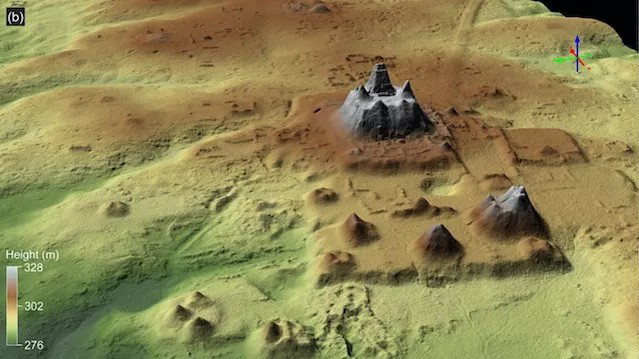


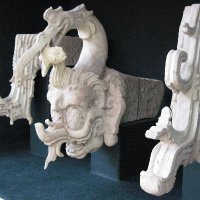




Christian Coleman
“IM REALLY LIKE THAT”
100m Diamond League Champion to finish off his 2023 season 💎
#trackandfield #preclassic #100m
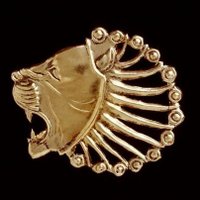

Earliest evidence of domestication of the cacao plant dates to the Olmec culture from the Preclassic period. The Olmecs used it for religious rituals or as a medicinal drink, with no recipes for personal use.
FREENBECKY X MYMINT NARA #MineCocoaxFreenBeckyLive








KATYAYAN VAJPAYEE Aguada Fénix is a large Preclassic Mayan ruin located in the state of Tabasco, Mexico, near the border with Guatemala was discovered by aerial survey using laser mapping, and announced in 2020.and is believed to have been built from around 1000 BC to 800 BC





